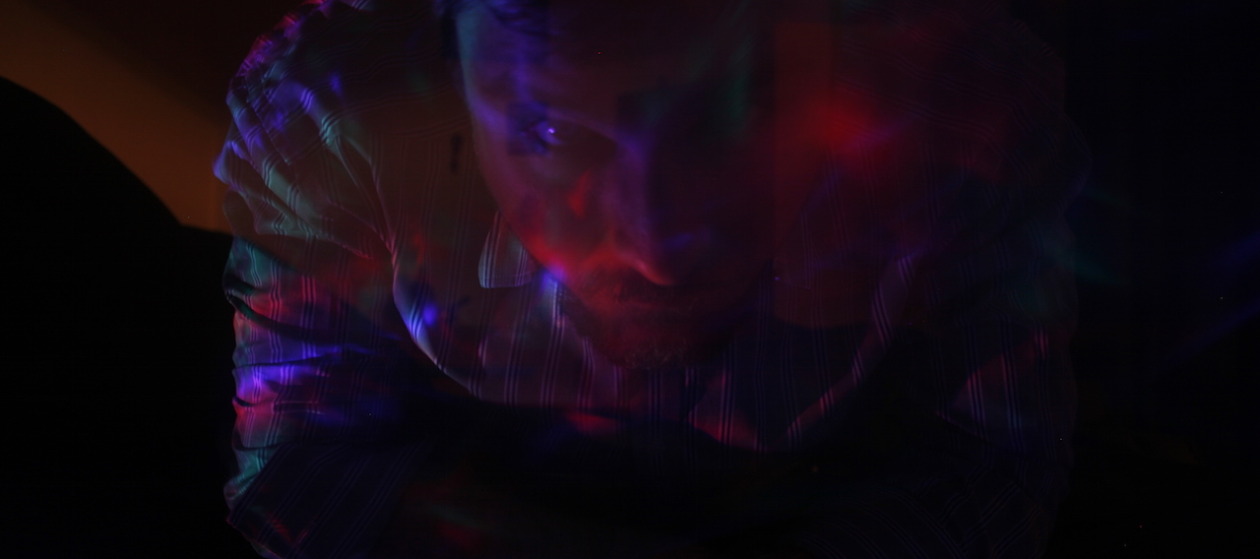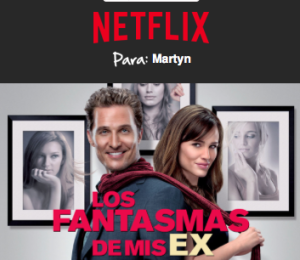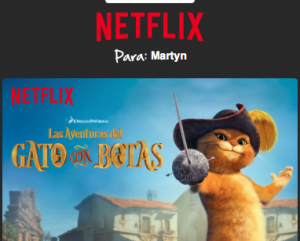Working on the artefact allowed me to explore some of the themes that we have seen throughout the first block on cyber-culture. I really enjoyed putting the artefact together and resisted including any textual commentary, as the focus on the image/sound was meant to address the imbalance that is usually seen in academic work online, giving perhaps more emphasis to the written word.
The first bubble from the artefact includes images drawing our attention to the eye. The eye is relevant here as it is a symbol in the film Bladerunner. Rutger Hauer’s character in his tears in the rain monologue says:
“I’ve seen things you people wouldn’t believe. Attack ships on fire off the shoulder of Orion. I watched C-beams glitter in the dark near the Tannhäuser Gate. All those moments will be lost in time, like tears in rain. Time to die.”
Tying in with this is the replicant owl from the film (which is pictured here), and the theme of the eye being the ‘window to the soul’ and a way to discern replicant from animal/human. It also develops the idea of memory and how we are formed and defined by experience. There are iconic images such as the terminator, HAL 3000, and the wavelength of colours. Also, perhaps not so well know is Neil Harbisson, a ‘cyborg’ who has has an implant in order to hear different colours. His story can be seen here:
The second bubble looks at our relationship with robots from popular culture, from the terrifying to the comedic, from films such as West World and Short Circuit. Something that resonates here is the fear of artificial intelligence and the unravelling of our world through a quest to recreate what it means to be human.
The third bubble looks at how the medium of audio in cyber-culture is very rarely critiqued or appreciated and the fourth bubble deals with memory and how learning/knowledge/memory is a recurring theme in digital culture. Finally the last bubble looks at Homo Faber and the concept of man the maker. The music accompanying the artefact was chosen as it is completely digital; looped by drum machines and synths, with modified electric vocals; early 1990’s drum and bass.



